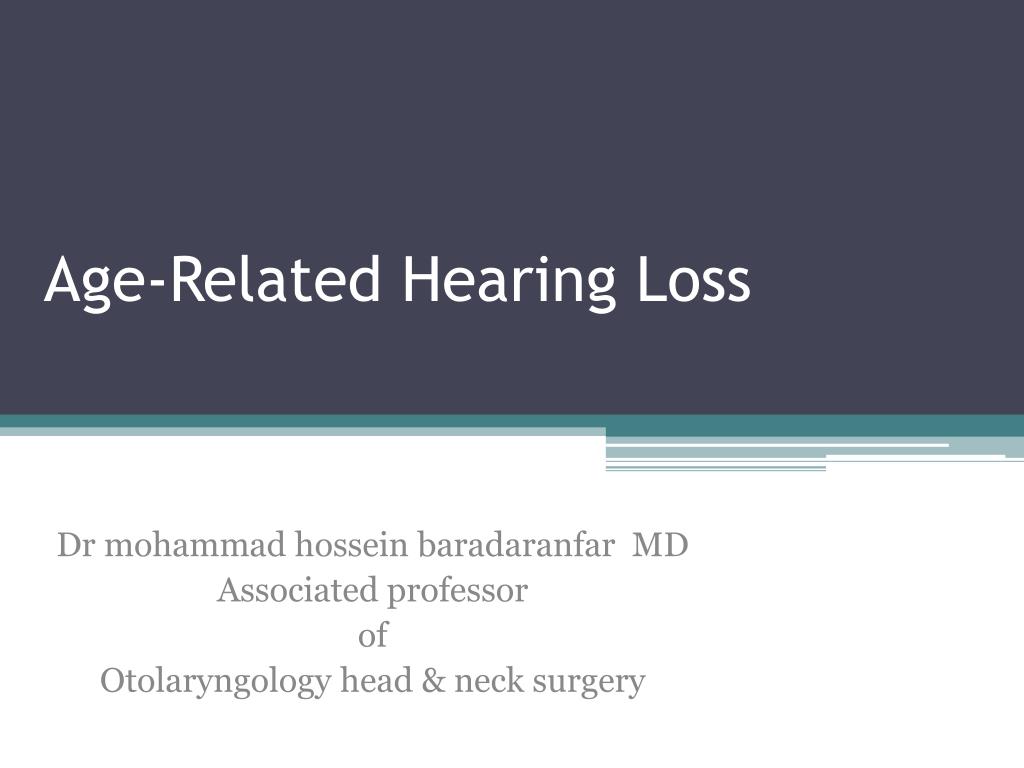
To date, hundreds of genes are associated with syndromic (more than the auditory system affected) and non-syndromic (auditory system only) deafness (see text footnote 1). In addition, the onset of hearing loss can be at the time of birth (congenital), or it can occur in a progressive manner much later in life. Particular forms of hereditary hearing loss may affect the ability to hear particular frequencies of sound. The level of impairment can vary widely from profound deafness to mild hearing loss, sometimes varying even among family members with the same mutation. Hereditary hearing loss is one of the most common sensory deficits in humans affecting one out every 500 newborns ( Sheffield and Smith, 2019). Hereditary hearing loss is less common than impairments caused by aging and environmental insults, but it is among the most prevalent monogenic diseases in humans. The third form of hearing loss involves genetic factors ( Korver et al., 2017 Sheffield and Smith, 2019). The unintended target of these drugs inside the ear are primarily the hair cells, which can die upon accumulation of the drug inside the hair-cell body ( O’Sullivan et al., 2017). Weakened synaptic transmission is usually not apparent in standard hearing tests, but often leads to the inability to hear in noisy environments, also known as the “cocktail party problem.” Aside from loud noise, other environmental insults to the ear include exposure to ototoxic drugs such as aminoglycoside antibiotics that are used to treat life threatening infections or platinum-based drugs used for chemotherapy ( Guo et al., 2019). Loss of neuronal contacts or synapses with hair cells can eventually result in the death of some of the neurons. In contrast, long term exposure to a less traumatic yet still noisy environment may not adversely affect the hair bundles but may rather cause the disconnection or de-innervation of neurons that receive signals from the hair cells and transmit that information to the brain ( Moser and Starr, 2016 Liberman, 2017 Liberman and Kujawa, 2017). If traumatic enough, sound can destroy or weaken the delicate structure of the hair bundle of the sensory cells, leading to permanent damage.

Age-related hearing loss can be greatly exacerbated by a lifelong exposure to damaging levels of sound.

Inside the cochlea, aging typically leads to loss of the sensory receptors for sound known as hair cells owing to a tuft of “hairs” or microvilli-like protrusions at the apical surface.

Of these three forms, the most common form is due to aging ( Bowl and Dawson, 2019 Keithley, 2020), which can affect the function of the delicate bones and tympanic membrane that mediate the transfer of sound to the hearing organ within the skull, the cochlea. Impairment of hearing can be due to several factors including environmental insults, the effects of aging, and hereditary defects.


 0 kommentar(er)
0 kommentar(er)
